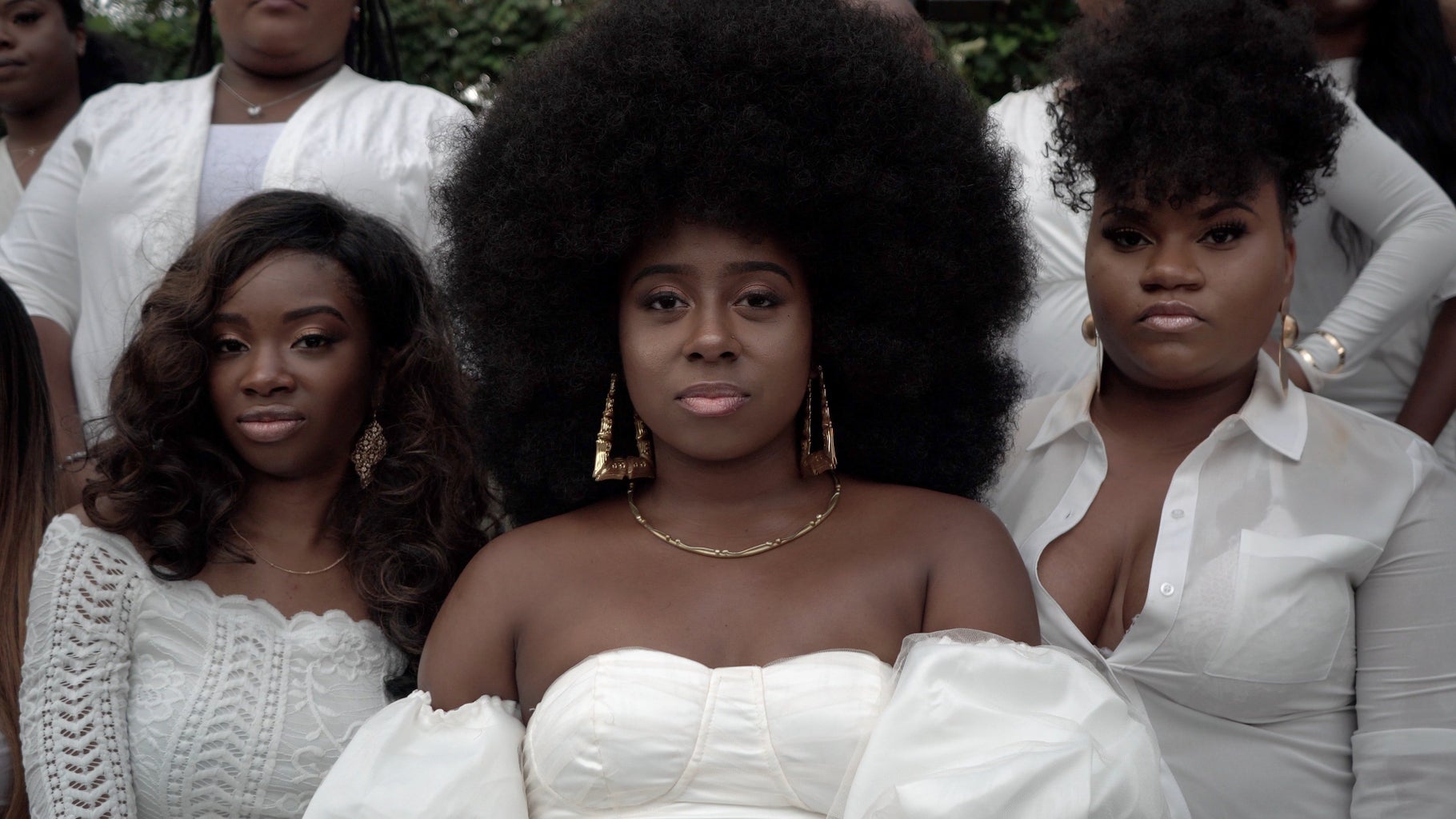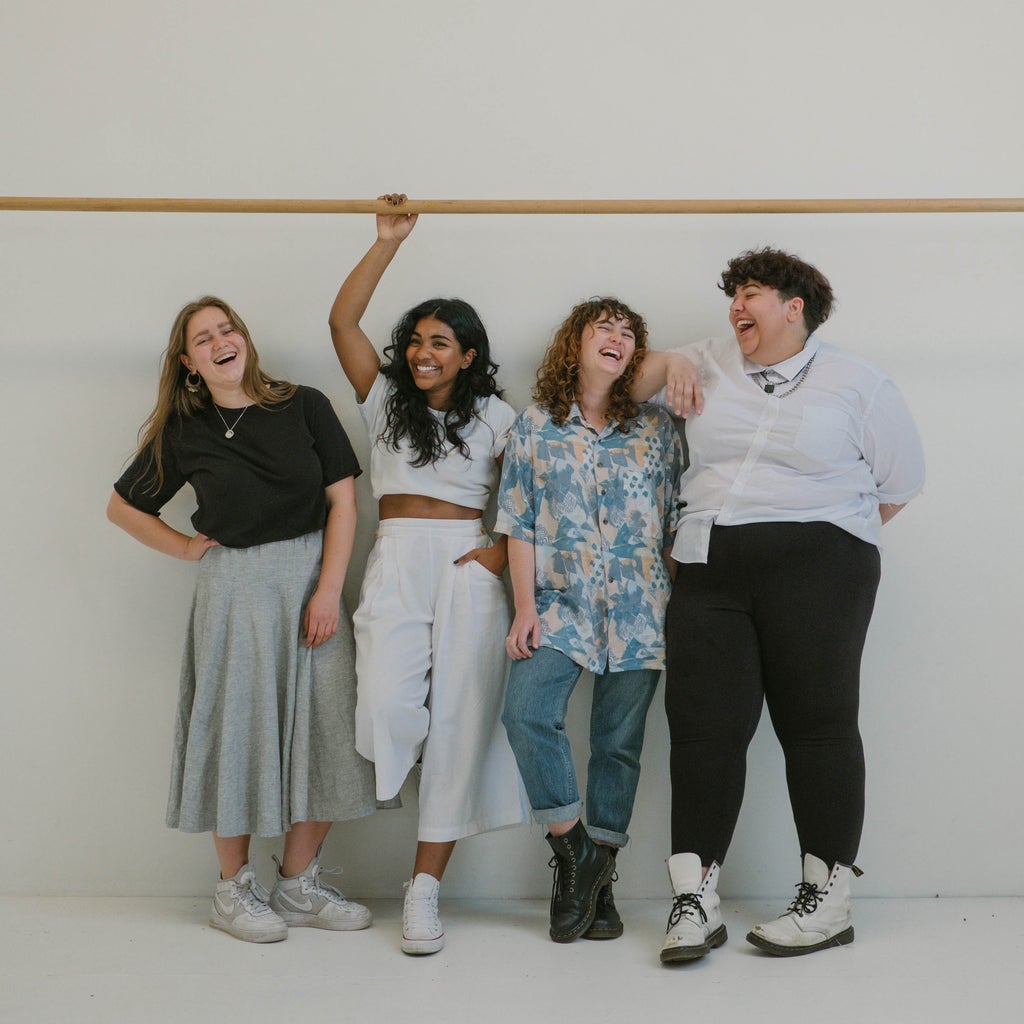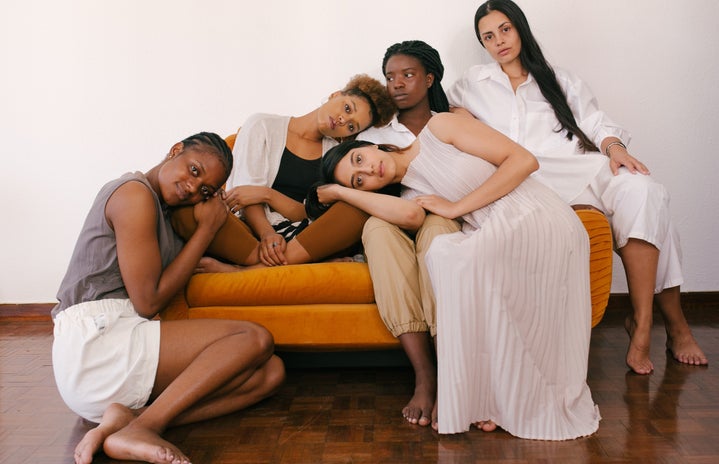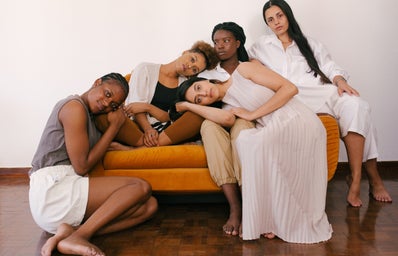There has always been an appeal to this universal experience of being a woman, with all the good, the bad and the ugly. And while it is true that we all share in certain aspects of a female experience, most commonly in being silenced by male figures of power and falling victim to sexual harassment/assault cases, the full truth is that the female experience does not look the same for every woman around the world. Factors such as race, ethnicity, sexual orientation, religion and economic status all impact the way women experience oppression and discrimination. While all women are penalized by their gender, the experience for a middle-classed white woman in North America will not be the same for a woman of color who identifies as a lesbian. People’s social identities can overlap, creating compounding experiences of discrimination. This theory is known as intersectional feminism, and it was coined by American law professor Kimberlé Crenshaw around 30 years ago, which comes to show just how recent this movement is.


By adding intersectionality to feminism, it allows the fight for gender inequality to be fully inclusive and helps women who are confronting multiple forms of vulnerability. In the words of Kimberlé Crenshaw, “If you see inequality as a ‘them’ problem or an ‘unfortunate other problem’, that is a problem.” Put simply in other words, if you turn a blind eye to what’s going on simply because it doesn’t affect you, you are part of the problem.
While every woman has a place in intersectional feminism, it is crucial for one to understand their privilege as a white person, be mindful of harmful stereotypes they might be perpetrating, listen to the struggles and speak up for and defend their sisters of color.
Want to see more HCFSU? Be sure to like us on Facebook and follow us on Instagram, Twitter, TikTok, Youtube and Pinterest!



